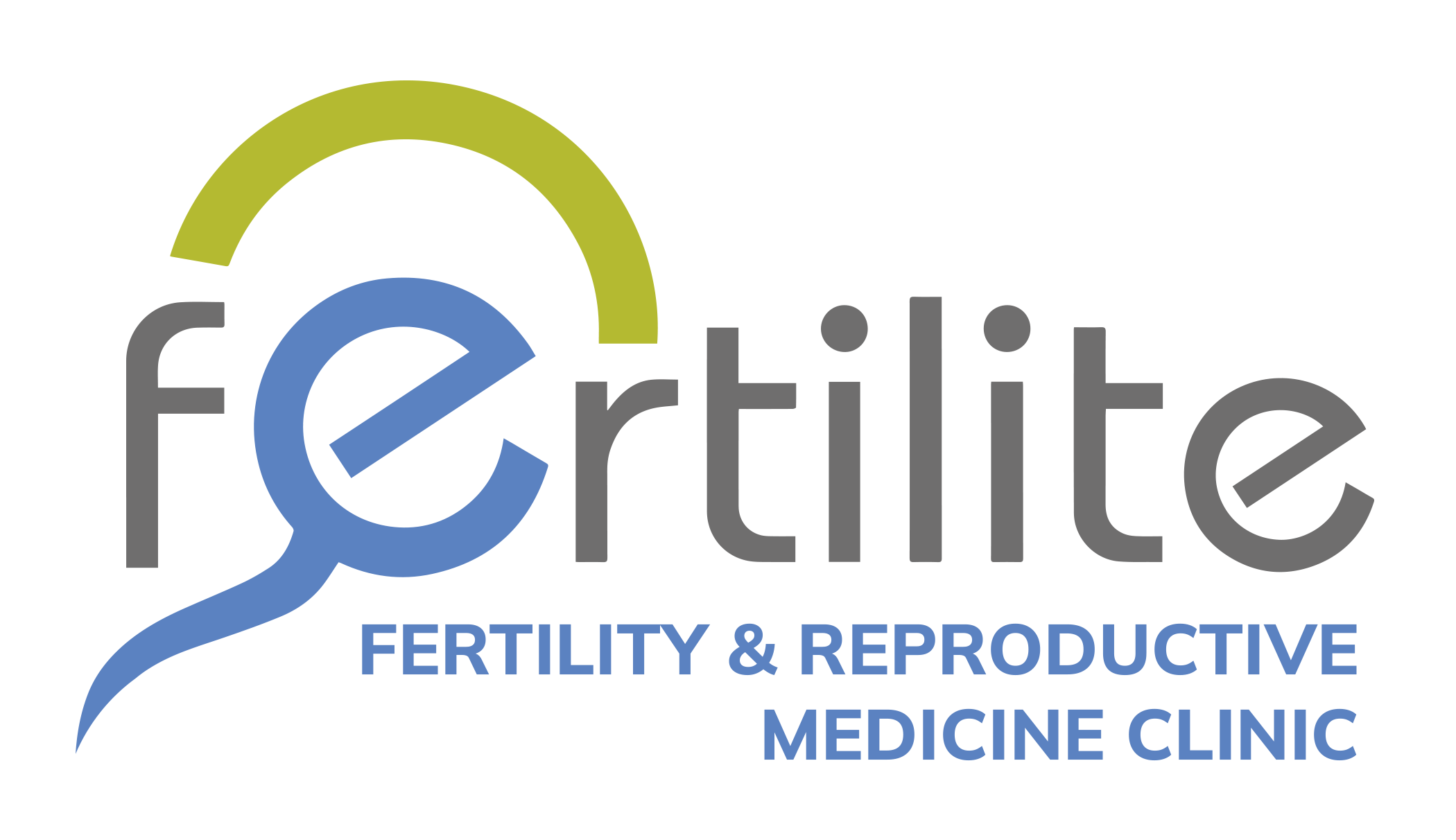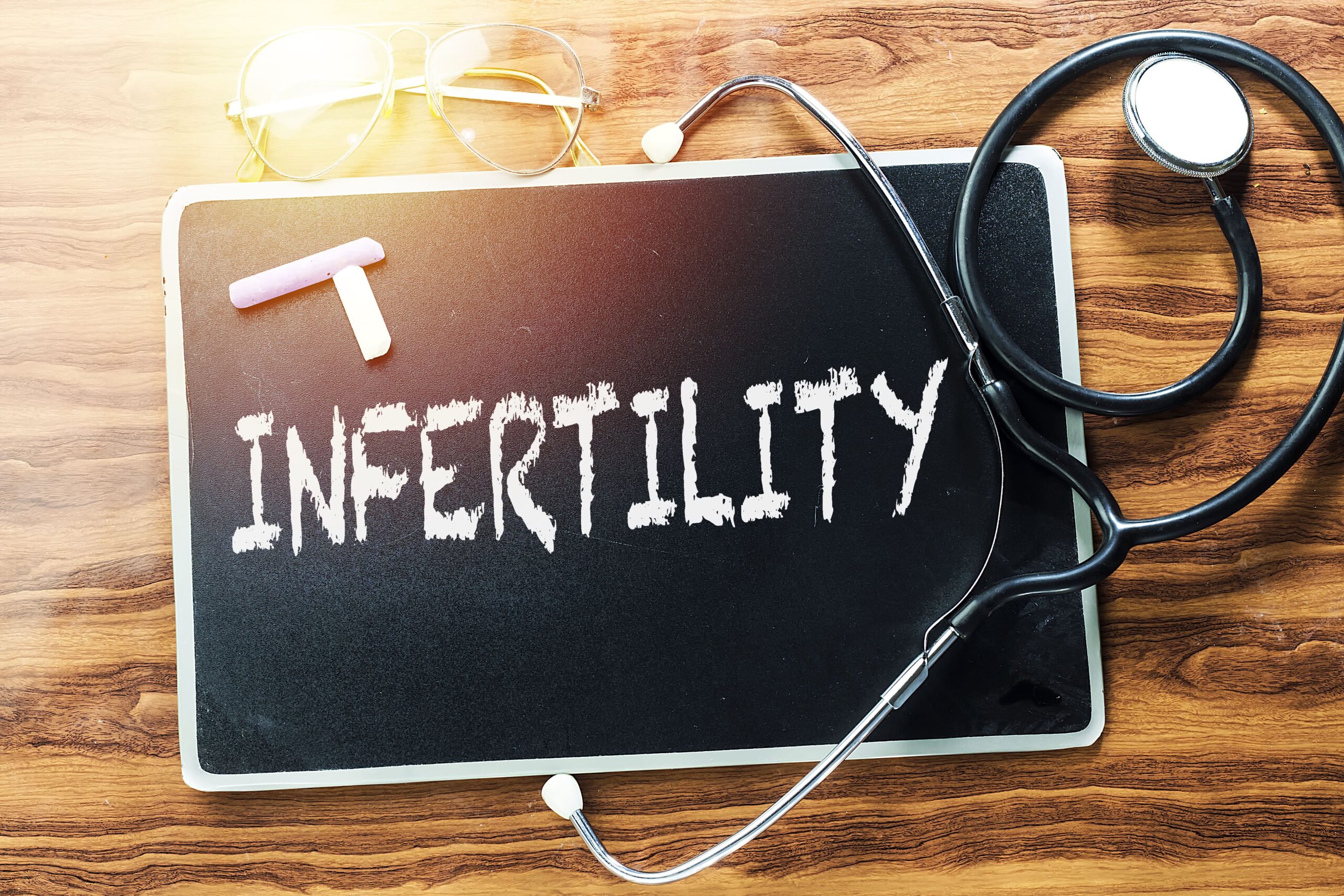In recent years, the demand for In Vitro Fertilization (IVF) has surged, reshaping how couples approach family planning worldwide. This shift is driven not only by changes in family dynamics and societal expectations but also by delays in childbearing due to extended education and career pursuits. Consequently, many women now find themselves postponing pregnancy attempts until later in life, when natural fertility may decline (Boivin et al., 2007).
Global Impact
Across the globe, fertility rates are declining, influenced by urbanization, lifestyle changes, and increased access to contraceptives (Bongaarts, 2016). In response to these challenges, IVF has emerged as a critical solution for couples encountering difficulties conceiving naturally. This method offers hope where traditional methods falter, effectively addressing the reproductive challenges of the modern era (Shen et al., 2014).
Impact of the COVID-19 Pandemic
Moreover, the COVID-19 pandemic exacerbated economic and emotional uncertainties, prompting many couples to defer their plans for starting a family (Sullivan et al., 2020). Despite these initial setbacks, the pandemic also highlighted the importance of reproductive health, leading to a renewed interest in IVF treatments once stability returned. Providers swiftly adapted by introducing virtual consultations and implementing stringent safety protocols, ensuring continuity of care amidst global disruption (Pfeifer et al., 2021).
Accessibility and Affordability Challenges
Nevertheless, despite its benefits, IVF accessibility remains uneven. Financial barriers, such as high treatment costs and limited insurance coverage, persist in many regions (Gleicher et al., 2014). To address these disparities, efforts are underway globally, with governments and organizations advocating for subsidies and inclusive insurance policies that cover IVF. Additionally, progressive employers play a role by offering fertility benefits as part of comprehensive healthcare packages. For further insights into understanding health insurance coverage for IVF, read more here.
Technological Innovations
On the technological front, advancements in laboratory technology have revolutionized IVF procedures, enhancing precision, efficiency, and affordability (Kousta et al., 2020). Miniaturization and automation in lab equipment have streamlined processes, making treatments more accessible to a broader population. Furthermore, innovations like microfluidics and lab-on-a-chip technologies continue to improve result consistency and reduce dependence on large-scale infrastructure (Wong et al., 2021).
Medical Breakthroughs
In terms of medical advancements, new ovarian stimulation protocols are designed to optimize treatment outcomes while minimizing risks such as ovarian hyperstimulation syndrome (Moffitt et al., 2016). Additionally, advanced monitoring technologies, including portable ultrasound devices and saliva-based hormone measurements, enable personalized treatment adjustments, thereby enhancing patient outcomes and safety. For insights into the complexities of ovulation pain and fertility, read more here.
Ethical and Social Considerations
As IVF continues to evolve, ethical questions surrounding genetic editing and access disparities remain pertinent (Harris, 2019). Debates on the ethical implications of genetic manipulation of human embryos underscore the need for equitable access to emerging reproductive technologies. These advancements not only challenge existing cultural and social norms but also present opportunities for redefining perspectives on reproduction and parenthood. For further exploration of the ethical dilemmas surrounding IVF, read more here.
Conclusion
Overall, the landscape of reproductive medicine is undergoing profound transformation, driven by demographic shifts, technological innovations, and heightened awareness of reproductive health. The future of IVF promises greater accessibility, affordability, and technological sophistication, offering renewed hope and expanded possibilities for individuals and couples navigating the complexities of conception and family building in the modern age (Inhorn, 2021).
Implications for the Future
As we navigate these changes, continued collaboration among policymakers, healthcare providers, and communities will be crucial in ensuring equitable access to reproductive technologies. By addressing accessibility barriers and fostering ethical discourse, we can harness the full potential of IVF to empower individuals worldwide in their journey towards parenthood.
References
- Boivin, J., Bunting, L., Collins, J. A., & Nygren, K. G. (2007). International estimates of infertility prevalence and treatment-seeking: potential need and demand for infertility medical care. Human Reproduction, 22(6), 1506-1512.
- Bongaarts, J. (2016). Fertility rates and population decline: a global overview. Population and Development Review, 42(1), 1-27.
- Chadwick, R. (2020). The ethics of genetic editing. Bioethics, 34(3), 285-295.
- Gleicher, N., Weghofer, A., & Barad, D. H. (2014). Comparative costs of assisted reproductive technologies: an overview of data from several countries. Human Reproduction, 29(9), 2014-2020.
- Harris, J. (2019). The ethics of genetic engineering and reproductive medicine. Journal of Medical Ethics, 45(5), 299-305.
- Hammarberg, K., Balen, A. H., & McLachlan, R. I. (2017). Providing fertility preservation for cancer patients: a review of practice and policy. Human Reproduction Update, 23(2), 147-156.
- Inhorn, M. C. (2021). Global infertility and the global IVF market: a review. Reproductive BioMedicine Online, 43(2), 202-213.
- Kousta, E., Kuczynski, M., & Wallace, W. H. (2020). Advances in IVF technology: implications for clinical practice. Reproductive Biology and Endocrinology, 18(1), 1-12.
- Kovacs, G., Chien, P. F., & Lee, T. (2020). New technologies in ovarian stimulation and monitoring. Fertility and Sterility, 114(5), 1040-1051.
- Moffitt, T. E., Caspi, A., & Rutter, M. (2016). Ovarian stimulation and the risk of ovarian hyperstimulation syndrome: a systematic review. Human Reproduction Update, 22(4), 382-399.
- Pfeifer, S., Peterson, S., & Bailey, C. (2021). The impact of COVID-19 on assisted reproductive technology. Fertility and Sterility, 116(2), 245-254.
- Shen, S., Zhang, X., & Li, J. (2014). IVF in the context of declining fertility rates: an overview. Reproductive Biology and Endocrinology, 12(1), 55-63.
- Sullivan, E., Brennan, R., & Kavanagh, J. (2020). The effect of COVID-19 on fertility treatment. Journal of Reproductive Medicine, 65(10), 1093-1101.
- Wong, S. L., Song, Z., & Chang, R. (2021). Microfluidics and lab-on-a-chip technologies in reproductive medicine. Trends in Biotechnology, 39(8), 847-859.




